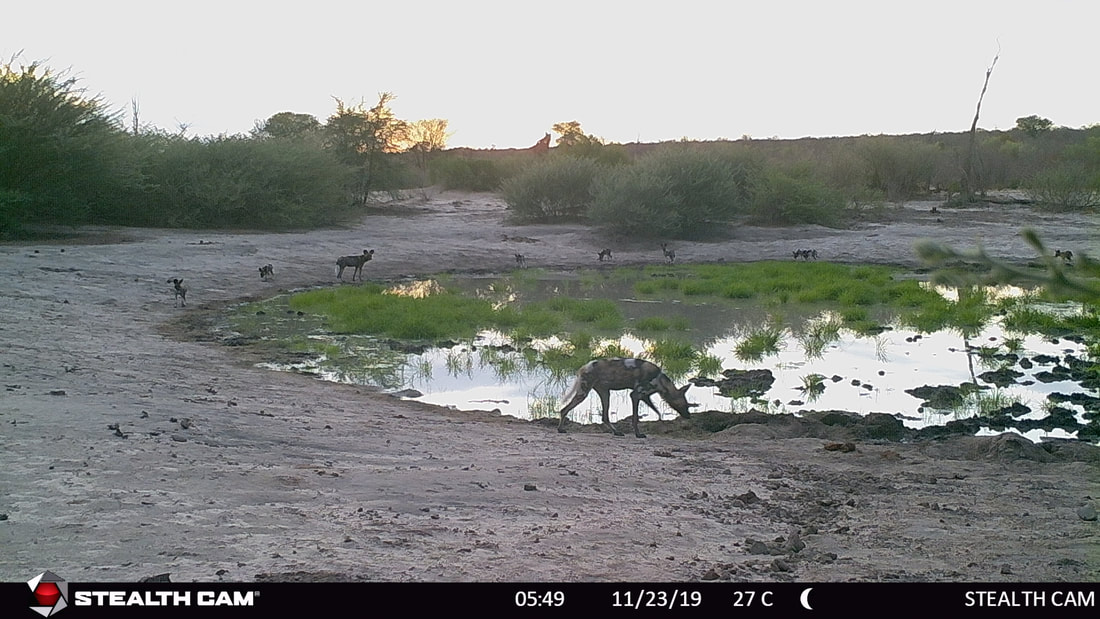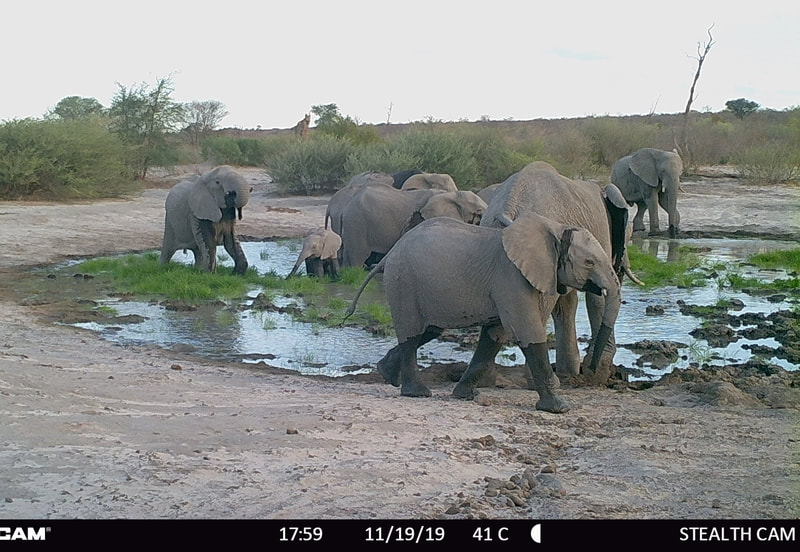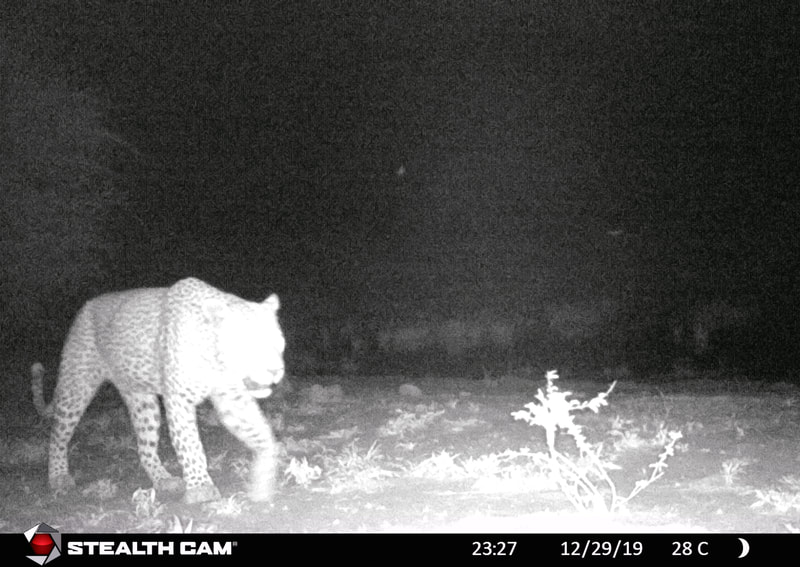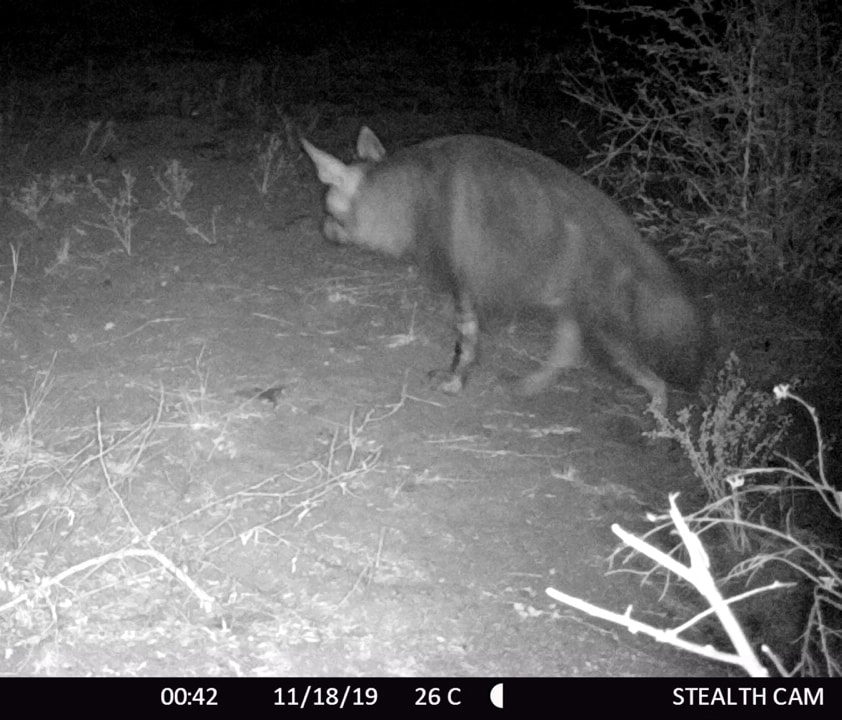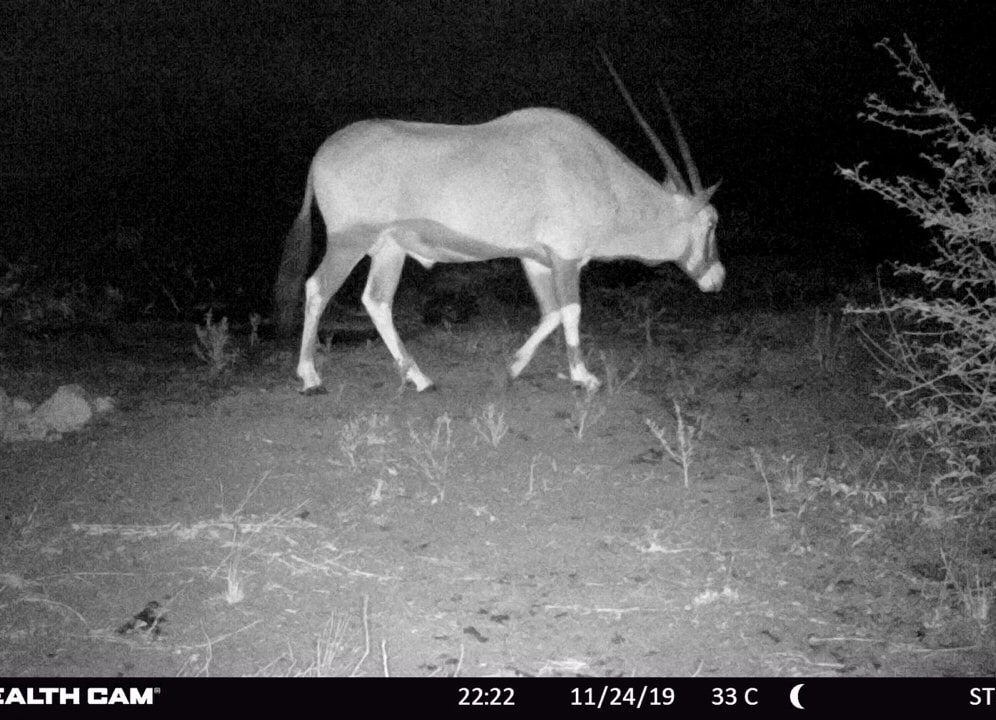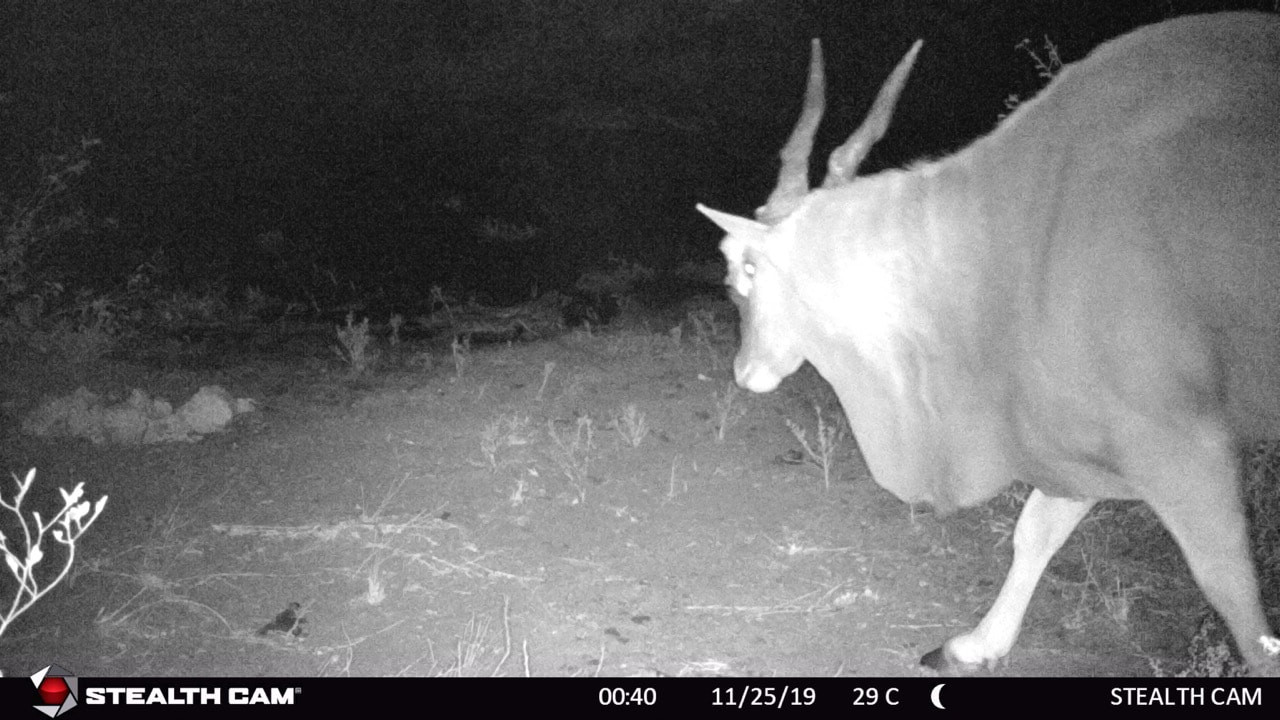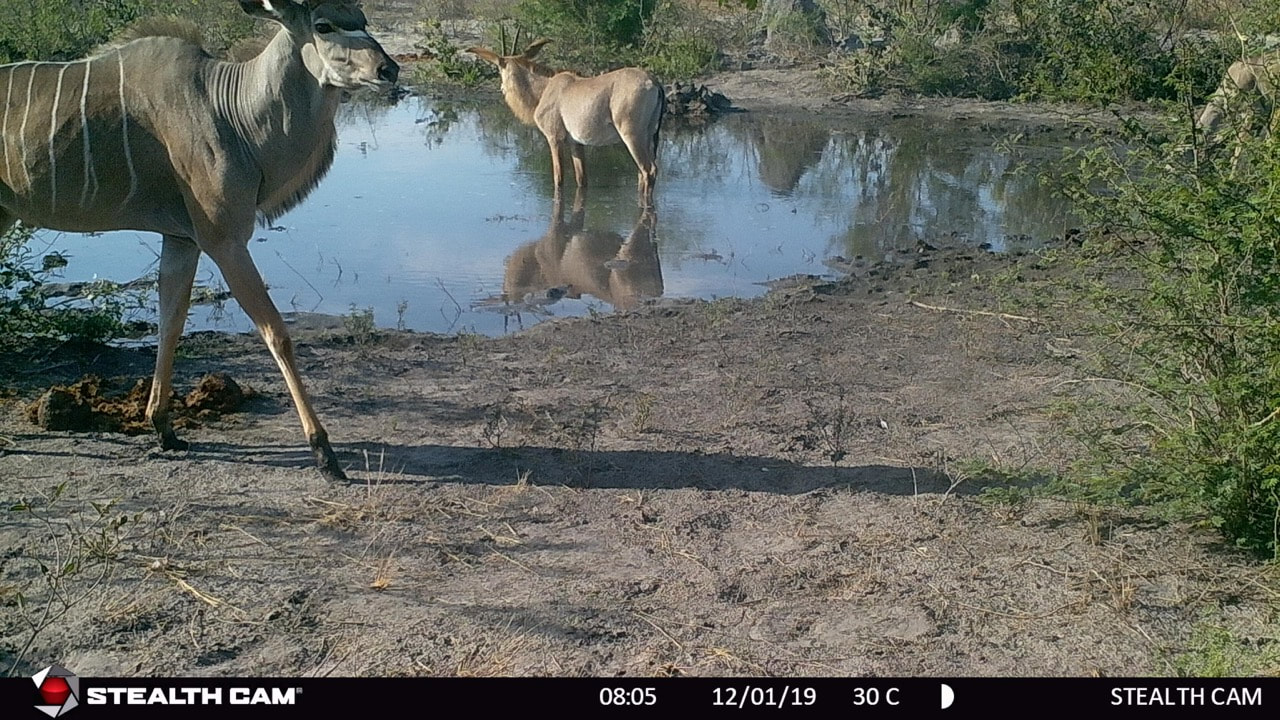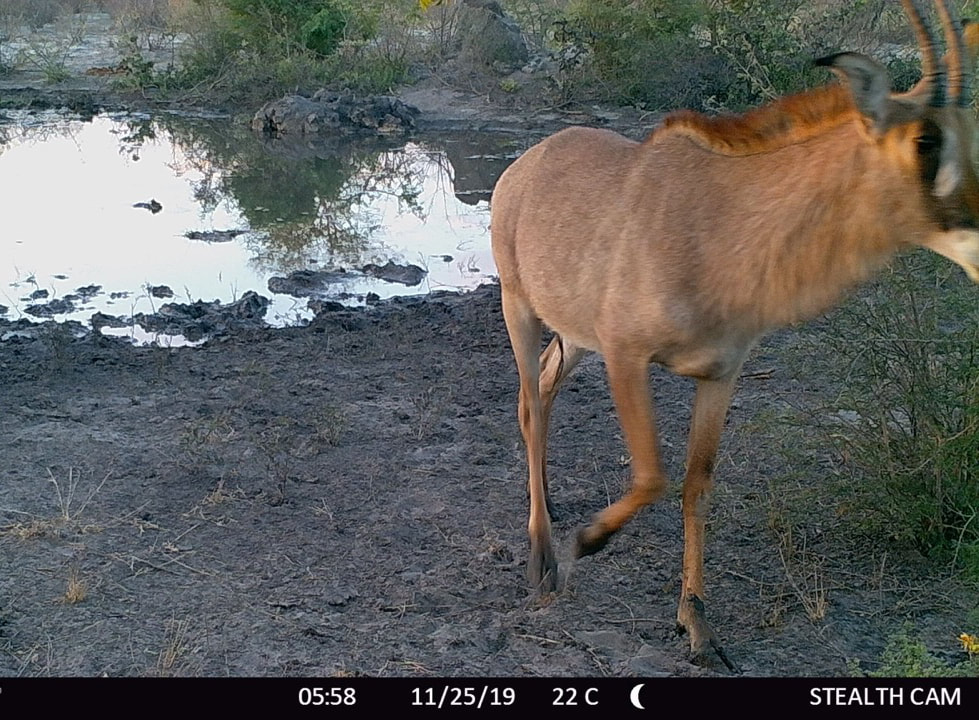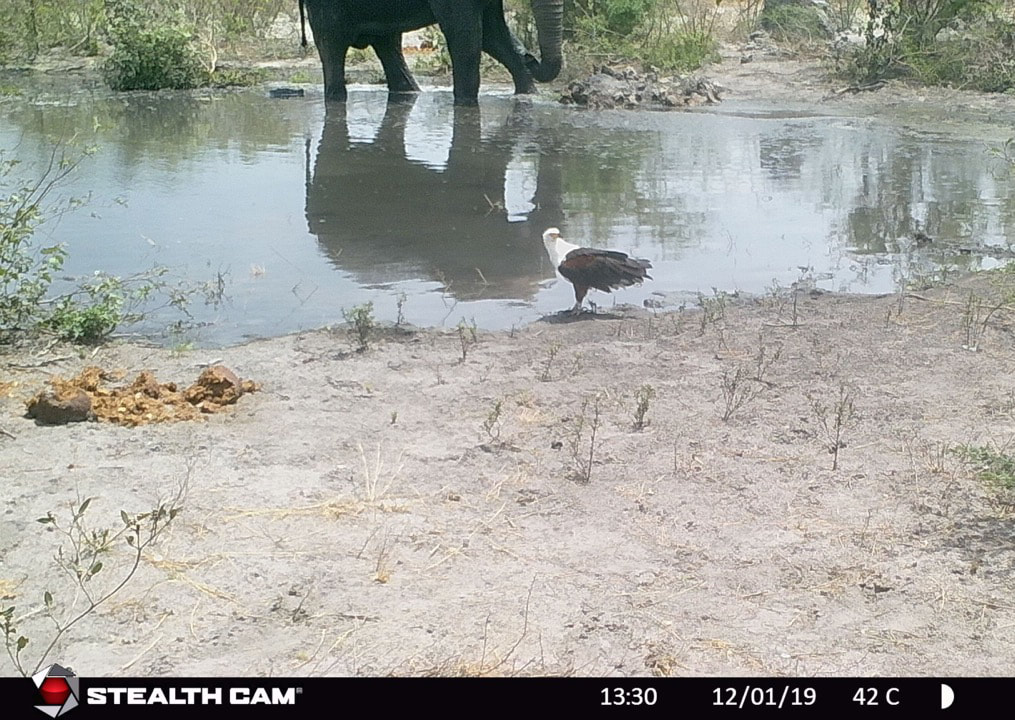|
This post provides an overview of what we got up to last year, and what we will be focussing on in 2020. Thanks again to our donors for helping to make our work possible. It's been challenging but we are making progress on the ground, where it matters most! Review of 2019 activities undertaken: (for details, images and maps, please click on the highlighted months under each bullet item to view the relevant original post):
Other work: Integral to the above achievements, KWT has made great strides in implementing community based conservation and related livelihood development: an area of more than 80,000 ha is already earmarked by local communities in Western NG3 as a "wildlife conservancy / heritage conservation area," where livestock is restricted and the area is managed primarily to rehabiltate natural and cultural resources including wildlife for sustainable use. Species that have in the past been low in number (mainly due to poaching orchestrated from other villages) are steadily returning, successfully breeding and becoming habituated. This conservation area has the potential to at least double in size as more community members from other localities are brought on board, which bodes well for fully reviving the western ngamiland wildlife ecosystem. A low-impact wilderness and cultural tourism enterprise set up by Arthur and Sandi Albertson for one of the communities in Western NG3 already generates substantial income for its residents and through KWT the aim is to export this tourism model to other similar semi-arid wilderness areas. A growing number of residents, especially the youth are also becoming involved in the wildlife monitoring programme and craft production (facilitated by Sandi), which are other income generating pursuits that foster a sense of pride and also help to reduce dependence on Government social welfare programmes. Other ongoing work done in 2019 included, but was not limited to: a) Engaging with stakeholders and authorities to promote: community consultation related to resource use; setting of sustainable hunting quotas; implementation of consumptive resource use so as not to undermine other existing and planned sustainable use activities. b) Monitoring of fencing impacts on wildlife and promotion of habitat connectivity through removal of fences where appropriate. c) Documentation of traditional knowledge and facilitation of inter-generational knowledge transfer. d) Convening kgotla meetings in Maun for craft development purposes and craft producer talent scouting. e) Facilitation of GH10 Trust (Ghanzi District) remobilization in partnership with Cheetah Conservation Botswana and support to craft development planning and community efforts to protect GH10 WMA from privatised fenced ranching developments. 2020: some of our planned activities for the year ahead:
Finally - some November 2019 camera trap images from the Western and Eastern boreholes, highlighting the species conservation value of NG3 as a viable habitat and as a corridor for cross-border wildlife movement:
0 Comments
Leave a Reply. |
